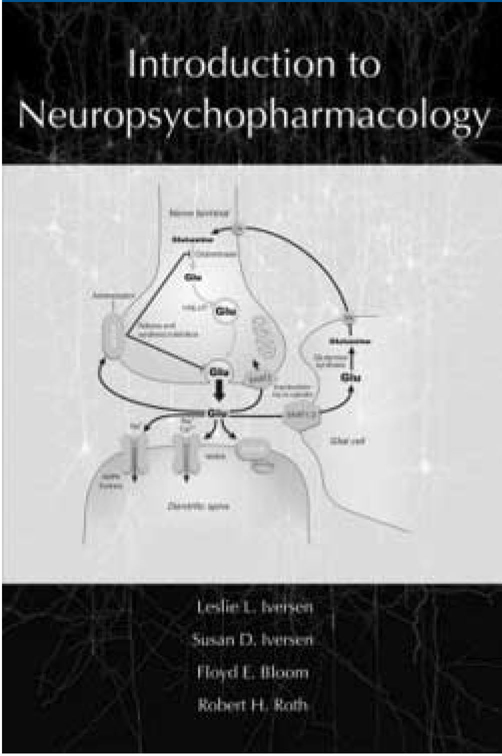
Reviewing this book was not easy. The four authors are undisputed giants of neuropsychopharmacology, and their Biochemical Basis of Neuropharmacology is correctly regarded as a classic text. They wished to relinquish much of the academic minutiae they admit to cherishing, to produce a simpler introductory text suitable for a wider readership: the challenge being to write a single volume addressing the differing needs of medical students, postgraduates in neuroscience and behavioural sciences, house officers and fellows. This is a tall order and sadly I do not believe they have been successful – the book is certainly more specialised than is needed by medical undergraduates or for those preparing for the Royal College of Psychiatrists MRCPsych examinations.
Many parts are written in an engaging, humorous and mellifluous style, and some sections are excellent, such as the early consideration of conditioned behaviour and long-term working memory, an account of the characteristics of receptors, and later chapters on recreational psychoactive drugs. However, psychopharmacology novices will find other parts clunky and hard to follow, with accounts that are needlessly discursive and paragraphs that can occupy a whole page. Furthermore, the explanatory notes to some figures confuse rather than clarify, and certain tables are spread over two pages, losing their subheadings in the process.
There are many instances where the text is surprisingly current, for example when describing the potential use of D-cycloserine to facilitate the extinction of conditioned fear, and yet others are curiously out of date. The authors could not anticipate the withdrawal of the CB-1 receptor antagonist rimonabant by the European Medicines Agency; but the antidepressant nefazodone, described as ‘currently on the market’, was withdrawn in North America and Europe over 5 years ago. The occasional use of proprietary names seems inappropriate, and careful readers will bristle to see that ‘Remeron’ is given as the trade name both for ‘mitrazepam’ (a drug that seems not to exist) and for mirtazapine. There is an inconsistency of approach which could have been removed by judicious subediting, for example when the anticonvulsant vigabatrin is listed as having few toxic effects, then described as having both central nervous system and visual toxicity four pages later.
What is more puzzling is the scant attention given to the pharmacological properties and therapeutic uses of lithium – surely one of the most important drugs in psychiatric practice – which merits less than one page, and the limited consideration of anticonvulsants as mood stabilisers, mentioned only in passing. It was also disappointing that there was no concluding chapter, where the authors could draw on their experience and expertise to speculate on future developments in neuropsychopharmacology and potential new drug targets. There is a much better book lurking within, and this could have been released so easily. The authors could perhaps have relinquished more, but the publishers should certainly have worked harder.





eLetters
No eLetters have been published for this article.